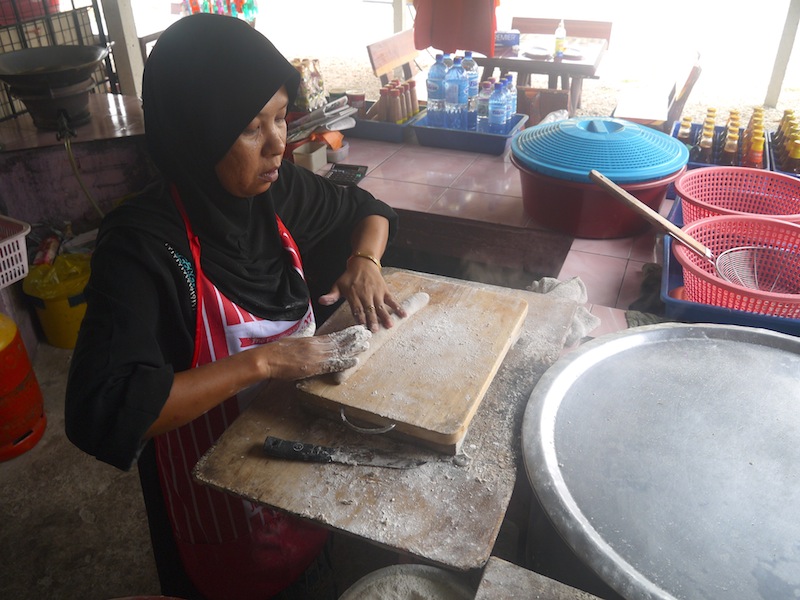Delve into the history and the makings of one of Malaysia’s favourite snacks
Written by Aqil Nasri
An accompaniment during tea time, a supper snack for when those midnight cravings kick in, a delicacy that’s loved by everyone. The Keropok Lekor is a fish snack that’s rolled and eaten usually with some sweet chilli sauce. But where did it come from, and who conceived the idea to make these?
In the second edition of Food Origins, we’ll be delving deep into the history of Keropok Lekor, how they were made, where did they come from, and why were they given the name of Keropok Lekor in the first place.
Originating from the state of Terengganu in Malaysia, this east coast state is home to the fishing industry, as it is located strategically by the South China Sea. The origins of Keropok Lekor began over 30-40 years ago, when fishermen returning back from the seas would come home with an overabundance of fish caught during their regular fishing trips. The excess in fish led to many of the villagers living near the beach to create a new snack.
When it was first made, it had no name at all. However, the people there came up with an idea for the snack’s name because of how it was made. The main ingredients for keropok lekor consist of fish contents, corn starch and seasoned with sugar and salt. The contents were then mixed and kneaded together. The ingredients were then smacked together, causing it to make a “kelepok” sound. Over time, the “kelepok” sounded more and more like “keropok”, which then became the basis for the snack’s name.

Process of making the keropok lekor
Now, the “lekor” part of the name comes from the word “lingkar” but when spoken in a Terengganu accent, it sounds a lot more like “lekor”. What “lingkar” means in English is a circle or when talking about an action, to roll. Thus, this forms the full name of Keropok Lekor, which came fully from how it’s made and how it looks like.
When discussing on how this snack is made nowadays, fish paste or vegetables are normally grinded together, with sago (vegetable starch) being mixed in there as well.
Currently, there are three main forms of keropok lekor available today. Consumers can enjoy their keropok lekor in lekor (chewy and long) form, keping (which is crispy and thin) form, and losong (steamed). All of these types actually taste slightly different from each other, although they are made from the exact same ingredients. Now, these three types of keropok lekor are just uncooked raw ones. When cooking them, there are two main styles of keropok lekor, which is the kerepok lekor goreng and keropok lekor keping. Different people have their own preferences when it comes to eating this snack, as some like it slightly chewy and thick, which falls mainly under the keropok lekor goreng style of cooking. But some like it thin and crispy, sort of like eating chips. Also, you can eat them just like that or dip them in extra sauces, such as chili sauce or special chili blends that still maintains spiciness levels but is very tasty when eaten.

Keropok Lekor Keping
So, now you know where and how keropok lekor is made. Of course, keropok lekors are now available en masse at any corner in Malaysia, but for the truly authentic taste, it’s worth the trip to the East Coast to experience first hand what a truly well made ican taste like.
Anyways, let us know in the comments if you have any suggestions for any type of food or beverages for future food origins!


